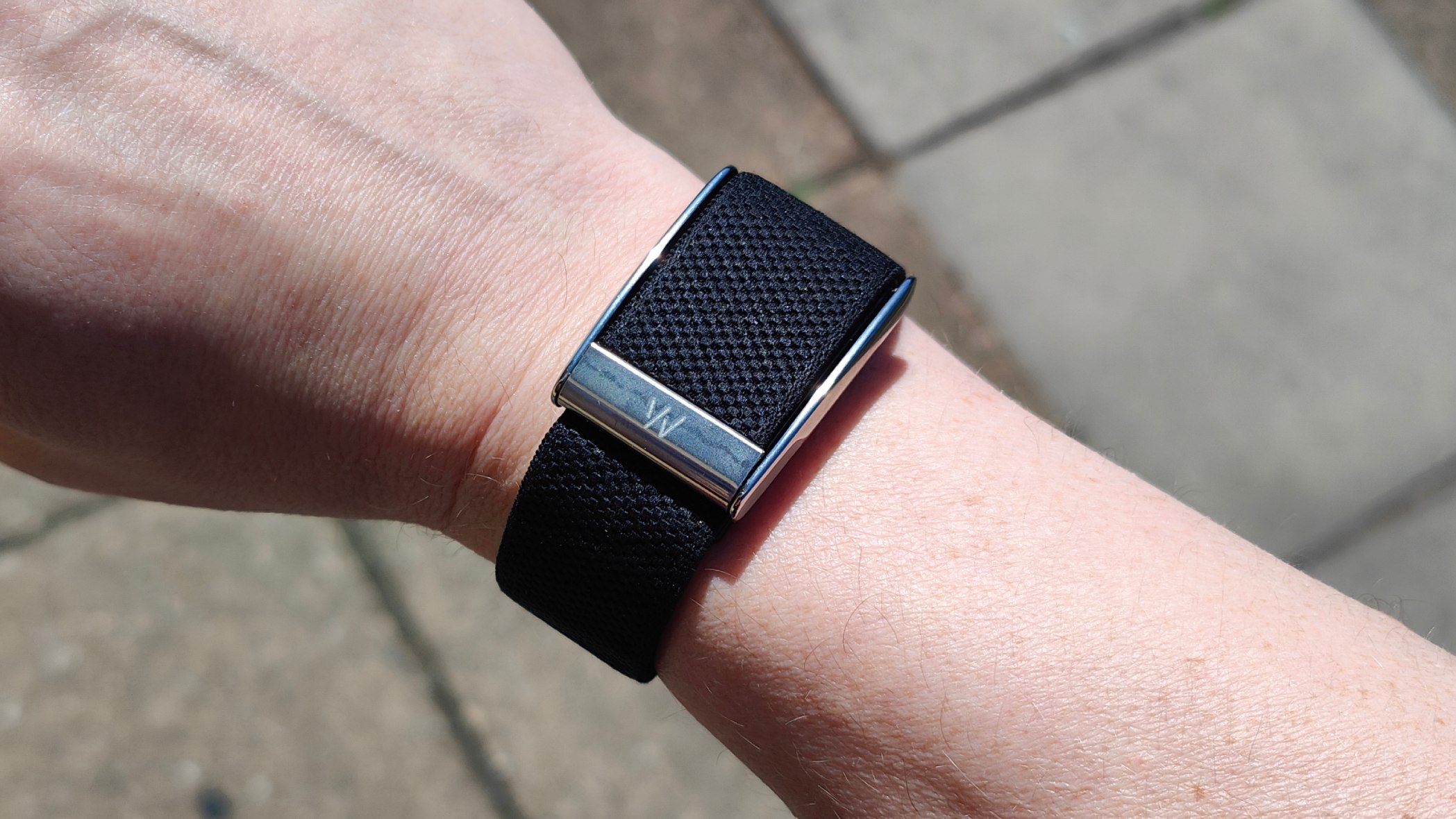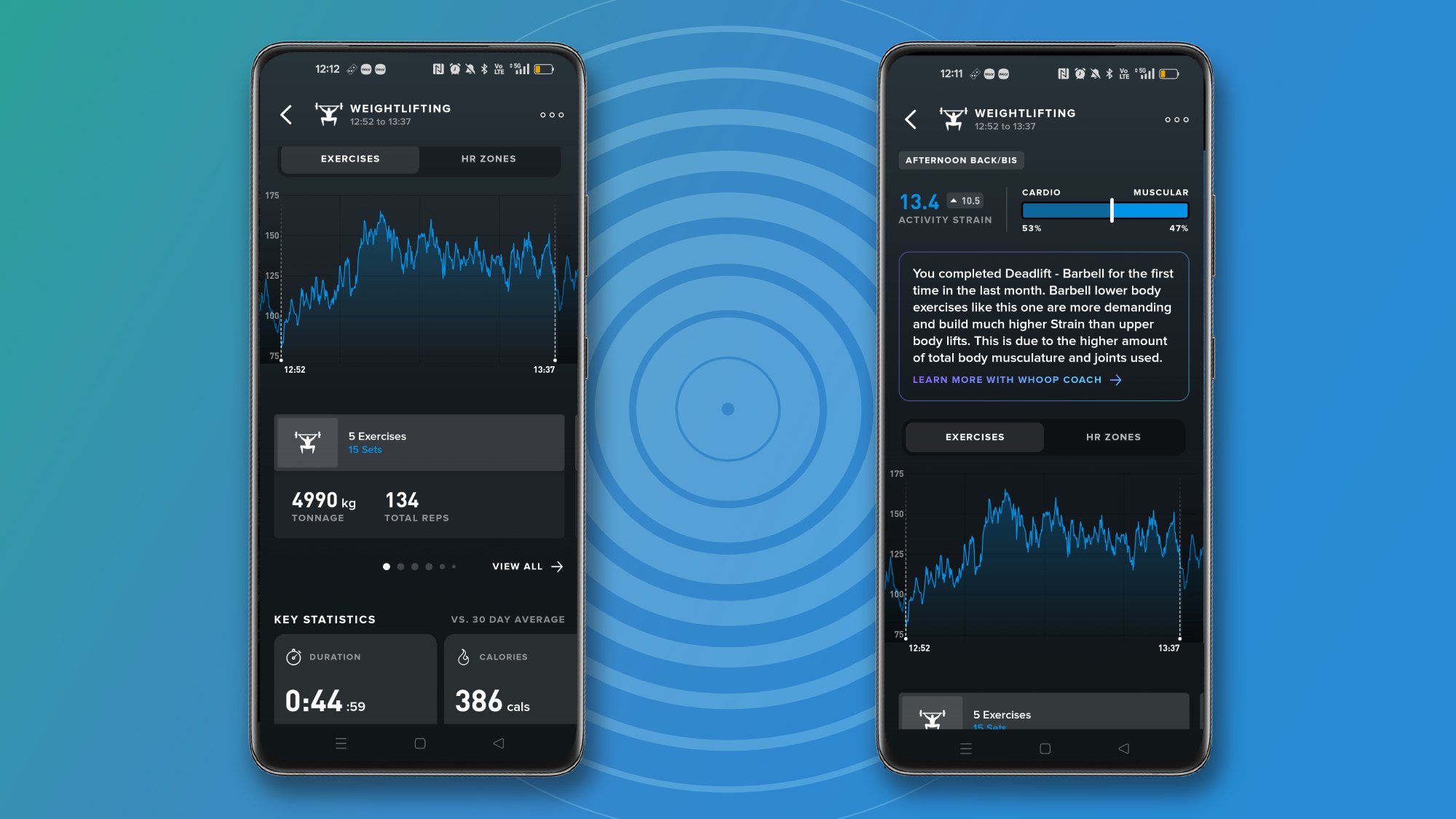I've been wearing the Whoop MG for four days, and there's one thing I love about it – and one thing I really don't

As someone who frequently tests the best fitness trackers and best smartwatches on the market, I was excited about wearing the Whoop MG, despite the controversy surrounding its arrival from existing Whoop users.
As Whoop's latest fitness tracker (along with the Whoop 5.0), I was excited to see what the screenless wearable could bring to the table: the Whoop MG isn't a GPS-powered smartwatch or a cheap fitness band – it's a premium offering with an annual subscription price, packing a couple of new medical-grade (hence the 'MG' moniker) features including ECG and blood pressure functionality.
While the blood pressure feature (which is just estimated fluctuations based on readings from an inflatable cuff and your normal metrics, not true LED-based blood pressure measurements) is still in beta, I have spent the last four days, three sleeps and three workouts putting the Whoop MG through its paces.
Whoop works best on an accumulation of data to establish a baseline, so it can detect deviations from your established norms. As such, I'm not yet using the device to its fullest extent: this calibration process can take a couple of weeks. However, here are my initial thoughts, including my favorite and least favorite features.
What I loved: next-level workout tracking

Over the last four days, I have done three workouts while wearing the Whoop MG: two weightlifting-focused gym sessions and one boxing workout class. Each time, the Whoop band has correctly identified that I was doing a workout, and prompted me to log it when I opened the app.
Automatic workout tracking on fitness trackers can be notoriously janky at best: you're relying on your device's estimations, rather than hitting 'start' before going for a run. The best 'passive' workout tracker I've tried, up until now, has been the Oura Ring 4, but my initial experiences with the Whoop MG surpass even that.
Logging your workouts on the Whoop app is a simple process: once the Whoop detects your body's been under a lot of stress, it'll prompt you to open the app and make a note of it. Assigning a workout to that period of stress is very simple: you pick a workout from the list, a start time and a finish time.
Sign up for breaking news, reviews, opinion, top tech deals, and more.
However, you can go into a lot more granular detail: whereas I don't wear my Oura Ring during weightlifting sessions for fear of damaging it, the Whoop is tailor-made for gym rats. As such, once I selected 'weightlifting' as a workout, Whoop provided an option to log the session in more detail to help it better process my workout, as you can see in the screenshots above. The app contains a library of common exercises such as 'Deadlift - Barbell', allowing you to select equipment, exercises, sets and reps. Alternatively, you can pick from a long list of pre-prescribed workouts designed by Whoop coaches.
Having logged my workout, Whoop calculates my total tonnage – the amount of weight I lifted overall during the session – and will compare it against future sessions. The whole process of logging my workout in detail took less than three minutes, and could probably be done on the gym floor between sets for up-to-the-minute accuracy. It's definitely the most comprehensive and useful device I've ever used for monitoring gym workouts.
What I didn't love: the optimization obsession

Whoop is a premium device for people who place a great deal of weight on optimizing their health. As such, Whoop considers factors like heart rate, blood oxygen, step counts, calories burned and especially sleep.
After I input my personal details into Whoop, along with my usual bedtime and wake-up time, the app told me I needed a full nine hours of sleep, and should go to bed at 10pm to achieve this. I tend to wake up a tad before 7am most days, and go to bed a little after 11pm. Usually, I average around seven hours of decent sleep.
After just two days, Whoop told me I had accrued a significant sleep debt of around 1 hour, 39 mins, "which can affect your long-term performance. Try to prioritize sleep tonight."
I'm sure I'm not alone in not wanting to optimize every aspect of my life. Neither do I want to go to bed at 10pm; sometimes I want to exercise, catch up on emails, or do household administration like cleaning or bills after work, all of which push my bedtime back later. On a normal weekend, I might even have a glass of wine at home with my wife, or stay up playing Witcher 3 until midnight. All sub-optimal behaviors.
I can toggle those sleep debt notifications off, sure, but Whoop still reminds me I'm in the red each time I visit the app.
I can imagine it's useful as a companion in the lead-up to a competition or event, ensuring I hit the start line fighting fit, or to prioritize recovery after the event itself. Whoop's far from the only fitness tracker guilty of guilt-tripping me for daring to lead a sub-optimal lifestyle in some respects, but it's always a feeling I could do without.
You might also like...

Matt is TechRadar's expert on all things fitness, wellness and wearable tech.
A former staffer at Men's Health, he holds a Master's Degree in journalism from Cardiff and has written for brands like Runner's World, Women's Health, Men's Fitness, LiveScience and Fit&Well on everything fitness tech, exercise, nutrition and mental wellbeing.
Matt's a keen runner, ex-kickboxer, not averse to the odd yoga flow, and insists everyone should stretch every morning. When he’s not training or writing about health and fitness, he can be found reading doorstop-thick fantasy books with lots of fictional maps in them.
You must confirm your public display name before commenting
Please logout and then login again, you will then be prompted to enter your display name.